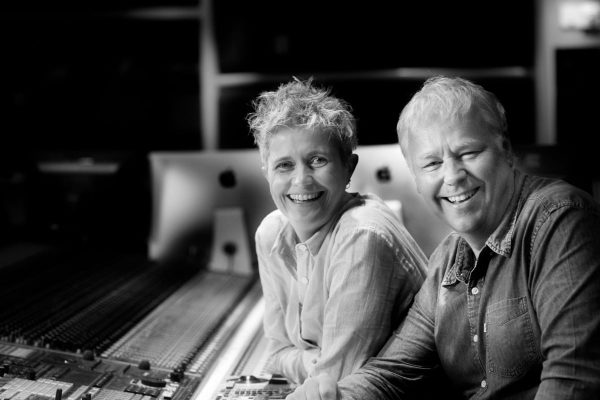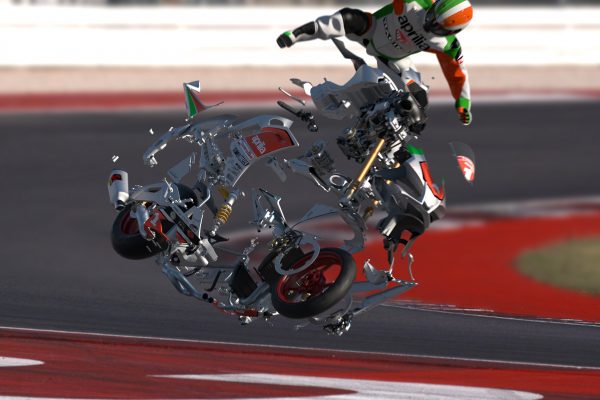As a filmmaker it can be very frustrating and stressful finding the time to get away and make a start on that project that you have had sitting on the back burner and as we all know actually making a start is the hardest part. That could mean booking your flights or locking down dates in your dairy. What ever you do, just do something to get the ball rolling. With that being said here are our 5 tips to help you maximise your time on your next trip.
One of the hardest things is finding the time to get away here is our first tip
Extra Holiday Hack
Heres how it works: This year, Good Friday fell on April 19th, Easter Monday is April 22 and Anzac Day is Thursday, April 25th.
You finish work on Thursday 18th, the first day of annual leave is Tuesday 23 April. Take Wednesday 24 April and Friday 26 April as Annual leave. You get back to the office on Monday April 29.
Thats 10 days of film making magic and you are only using 3 days annual leave. SO this is the perfect example of how you can maximize public holidays with out using up all of your annual leave.
Check your calendar and put a big circle around all the up and coming holidays. Put in your annual leave and get cracking
SAVE YOUR HARD EARNED CASH AND RENT GEAR OVER HOLIDAY PERIODS
Now this might seem obvious to all of you that rent gear often but for those of you that are new to the rental game it really does pay to get in touch with your local rental house and ask questions about there rental policy over the holiday periods. Very often you will be very pleasantly surprised at the amount of time they will allow you to have the gear free of charge.
When it comes to filmmaking a![]() extra couple of days with the gear can make a huge difference to the end result and not to mention more money in your pocket. Lets face it us filmmakers are pretty much broke so any extra cash in our pocket is a good thing.
extra couple of days with the gear can make a huge difference to the end result and not to mention more money in your pocket. Lets face it us filmmakers are pretty much broke so any extra cash in our pocket is a good thing.

The ‘CANON POWERSHOT G1X MKiii‘ is an affordable way to film your next adventure.
PACK LIGHT WHEN YOU ARE TRAVELLING
If you are jumping on a plane the chances are the maximum amount of carry on you can take is about 7kg and you definitely do not want to be checking your precious camera gear in with the airline. OK here is another tip: NEVER ever check your camera gear in on a plane. You worked hard for that gear so don’t trust the airline with it. When you get to your destination the last thing you want to have to deal with before a shoot is busted up camera gear besides we are short on time right? Anyway back to the original point of packing light. Try and break your gear down as much as possible so you can take all the expensive stuff with you on the plane. If I am going somewhere to scout locations or even just going out on my own adventures I like to take something like a little Canon Powershot G1x mkiii. Its a great little camera with surprisingly good video video capabilities and it also has a underwater housing available that is perfect for those beach locations. Check out the Canon Powershot G1x mkiii HERE. If you are not flying and you are packing up the car and heading off its also a good idea to work out exactly what you need before you head off as there is nothing more annoying that having excess gear rolling around the floor of the car.
Basically choose your gear carefully, take only what you need and keep the expensive stuff on you at all times.

KNOW YOUR LOCATION AND PLAN AHEAD
With pretty much the entire earth at our finger tips, it really is so easy to get yourself completely prepared for a filmmaking trip. Over the last couple of years I have travelled across Africa, New Zealand and Australia on different documentary film trips. We spent countless hours planning the trips and looking at the different locations where we would be. I used tools like Google Earth and Google Maps to scout locations. Things like street view really help you get a sense of what the place looks like and also working out the best angles to shoot at different times of the day. Doing this prior to arriving will save you a lot of time when you are on location.
Also, be sure to check your distances between locations and plan accordingly. The last thing you want to be doing is driving for 14 hours when you only have 3 days to shoot. While places might look close by on the map in reality they could be hundreds of kilometers away.
MAKE SURE YOU HAVE PERMISSION TO FILM
Now this might sound ridiculous, but I have actually been stopped by rangers in a National Park miles away from anywhere. I was on the side of a track shooting some local wildlife when the ranger truck pulled up. Three large guys got out of the car and approached me. First they tried to tell me I was not allowed to be filming at that location without a permit, then they tried to detain me until I gave them my details as the wanted to send me/the production company a fine. Now, luckily I was prepared and had researched the need for filming permits in that location and as it turns out I did NOT need one to be filming there. Commercial or otherwise. I had the information printed out and I handed it over to the lovely gentlemen. after inspecting the paperwork they still did not believe we weren’t doing anything wrong. After a quick phone call to their superior we were on our way. I would hate to think of how things would of gone down if we hadn’t been prepared and know exactly what the local laws are in regards to filming and flying drones. So before you lock down your locations find out the legalities of filming in that area and make sure you have the the correct permits in order prior to filming.
@craig__pringle
@blackfoxtheproductioncompany




